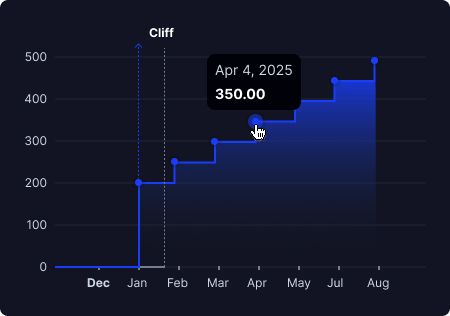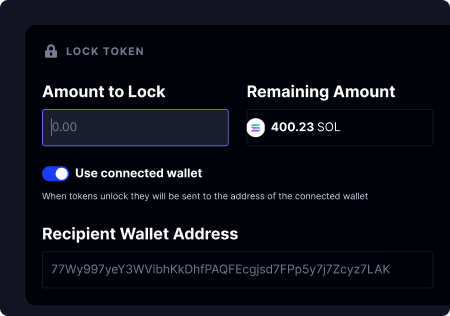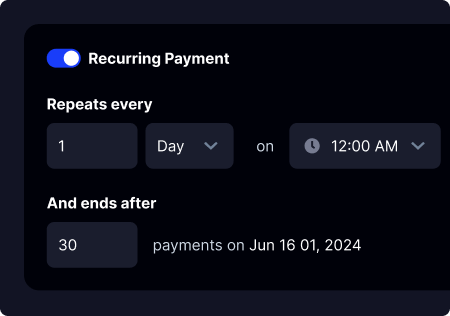Polygon is an Ethereum L2 scaling solution featuring an innovative 3 layer architecture allowing it to leverage Ethereum’s mainnet for unparalleled security, scalability, and speed.
Consensus Mechanism
Byzantine Fault Tolerant (BFT) Proof of stake (POS)
Programming Language
Polygon is written in Solidity, EVMs smart contract language. Solidity is a compiled language that allows EVM chains to have a fast runtime.
Network Features
Three-layer architecture
Polygon is made up of three layers: The Ethereum layer, the Heimdall layer, and the Bor layer. Here’s how it works:
Ethereum layer - All staking management contracts are managed on the Ethereum mainnet.
Bor layer - Bor is Polygon's sidechain block producer layer —the entity responsible for aggregating transactions into blocks.
Heimdall layer - The Heimdall layer, the proof of stake validation layer, processes groups of blocks (snapshots) from the Bor layer. The Heimdall layer: 1. Validates all the blocks since the last checkpoint. 2. Creates a Merkle tree of the block hashes. 3. Publishes the Merkle root hash to the Ethereum mainnet.
Using a combination of Ethereum and plasma-enabled side chains allows Polygon to process transactions on Ethereum fast and cost-efficiently.
Security
Polygon chain operators are themselves stakers in the PoS system, incentivizing them to act honestly.
Speed & Efficiency
Polygon is designed to do less work on the Mainnet perfroming information verification and all the computation-heavy operations for the L2 (Heimdall layer).
Products


Simplify token vesting for scheduled stakeholder distributions with our advanced features like customizable schedules, transferable payments, and automated claims.


Safeguard your assets seamlessly with Streamflow. Whether for employee unlocks or securing liquidity pool tokens, our system offers both peace of mind and unparalleled protection.


Streamline your onboarding process and minimize payroll expenses with our programmable payments. Choose from weekly, bi-weekly, or monthly payments, or enable real-time withdrawals for maximum flexibility.


Get a comprehensive view of your token contracts, enhancing transparency and enabling community monitoring. Access insights through an intuitive interface, ensuring alignment with real-time data.
Leverage our powerful incentive alignment layer from token vesting, token locks, airdrops and payroll contracts.